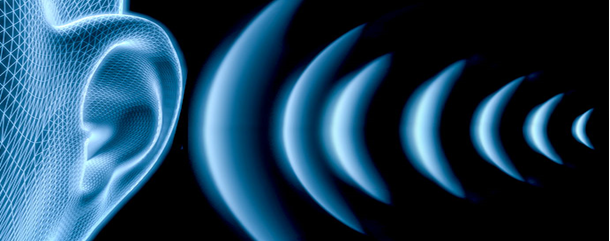Hearing Conservation

Exposure to high noise levels is the leading cause of noise-induced hearing loss. This exposure can be linked to illnesses such as headaches, stress, increased blood pressure and increased irritability. High noise levels can also affect a worker’s ability to work safely.
Part 12 of the Workplace Safety and Health Regulation (M.R. 217/2006), Hearing Conservation and Noise Control, requires employers to ensure workers are not exposed to noise levels that may cause hearing loss.
PURPOSE:
The purpose of Pembina Trails hearing conservation program is to ensure that employees hearing is continuously protected. Pembina Trails shall take all reasonable precautions to protect employees from hazardous noise exposure in the workplace. The program includes a strategy to identify noise hazard areas and implement measures to protect all employees who have the potential to develop occupational noise-induced hearing loss.
The school division arranges and pays for annual hearing assessments and supplies hearing protection devices for employees in areas of elevated noise levels. The assessments are tracked to ensure controls are adequate. Employees working in the following areas are assessed annually:
- Physical Education
- Band/Music/Choral
- Industrial Arts
- Custodial
- Maintenance (Trades: carpenters, electricians, plumbing)
HEARING CONSERVATION PROGRAM
Employees who are required to work in areas where the equivalent noise level exposure between 80 dBA - 85 dBA must participate in the hearing conservation program and may be required to participate in periodic noise exposure assessments.
Employees and students who are required to work in areas where the equivalent noise level exposure may exceed the maximum permissible 85 dBA, shall be isolated from the noise. If isolation is not reasonable and practical, the division shall take appropriate measures to reduce the noise exposure to approved levels and/or institute other control measures to limit worker’s exposure to high noise levels. Employees and students will be required to wear hearing protection and employees will be required to participate in annual hearing assessments.
Employees working in areas with sustained noise levels exceeding 85 dBa will be required to participate in hearing assessments and wear hearing protection. In cases exceeding 85 dBa, the division requires the provided hearing protection to be worn at all times.
ASSESSMENTS:
Noise Monitoring:
A noise exposure assessment is needed when:
- a worker is likely to be exposed to noise levels above 80 dBA;
- an alteration, renovation or repair of the workplace may change the noise levels;
- new equipment (that may change the noise levels) is introduced into the workplace;
- changes to a work process may change the noise levels;
- a worker provides the employer with evidence of noise-induced hearing loss that may be attributed to the workplace.
Noise survey monitoring with a sound level meter will be performed by the divisional Safety Officer. Noise monitoring is conducted to :
- determine the appropriate selection of hearing protection;
- determine if the noise controls are working adequately to reduce noise exposures;
- determine the need for cautionary signage.
Survey monitoring will be repeated when:
- any changes in curriculum, process, equipment or controls occur which might render the hearing protection inadequate;
- levels at or above the action level will require notification to the Safety Officer and may initiate the implementation of worker noise exposure assessments;
- identified ‘Noise Hazard" areas may require periodic reassessment (e.g. following changes in school or equipment).
Personal Noise Dosimeter:
Personal noise dosimetry assessments include representative noise exposure monitoring with a designed sampling strategy will be performed by the Safety Officer to:
- identify workers for inclusion in the Hearing Conservation Program;
- determine the proper selection of hearing protection; and
- determine if the noise controls are properly working to reduce noise exposures.
Monitoring will be repeated when:
- any changes occur in the curriculum, process, equipment or controls which might render the hearing protection inadequate; and
- at regular intervals for audit purposes.
Workers exposed at or above the action level will be notified of the results of the monitoring and included in the Audiometric Testing Program.
Hearing Evaluations:
Hearing is evaluated by a board-certified audiologist. Hearing is measured with an audiometer which sends tones to each ear through headphones. During an evaluation, the worker must listen carefully and respond each time a tone is heard. The levels at which the tones are barely heard are the hearing threshold levels.
Periodic hearing evaluations illustrate how the worker’s hearing compares to normal for their age. They are the only way to determine whether hearing is being conserved. Unusual changes alert the worker and their supervisor to look for noise-related or medical causes before permanent damage occurs.
Audiometric evaluations shall be made available at no cost to divisional employees whose exposure equals or exceeds 85 dB.


Please provide your question and email address in the fields below.
Your question has been successfully submitted.
CloseThank you.